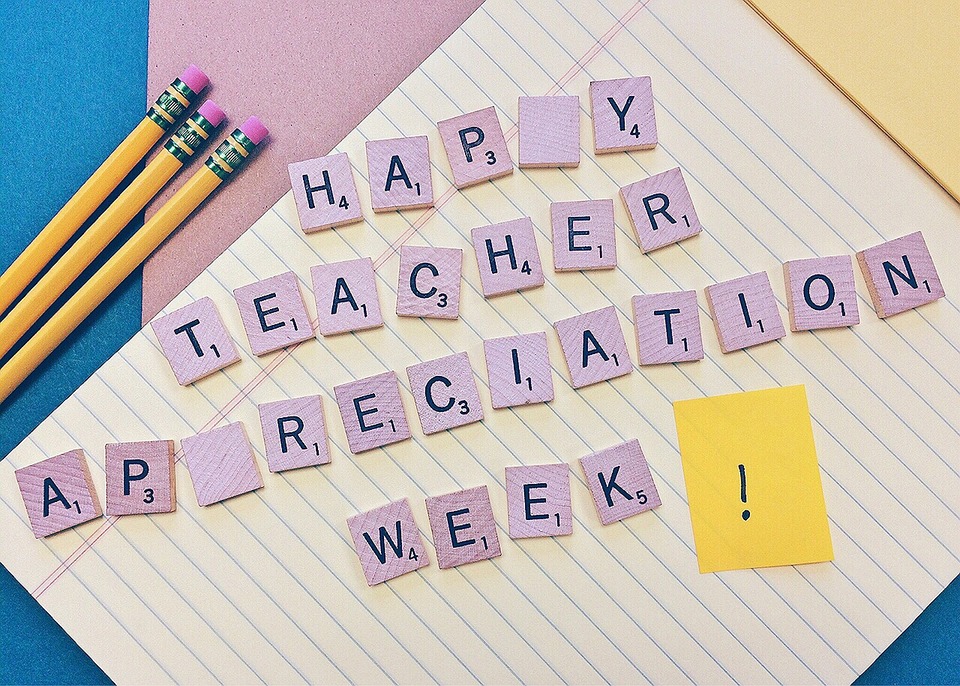Engaging students in the classroom can be a daunting task for educators. With the evolving technologies and diverse learning styles of students, teachers need to explore innovative teaching tools that foster interaction, collaboration, and enthusiasm. This article will introduce various resources that can enhance classroom engagement, making the learning process more effective and enjoyable.
1. Interactive Whiteboards
Interactive whiteboards (IWBs) have become a staple in modern classrooms. They allow teachers to present dynamic content by combining traditional teaching methods with technology. Here are some key benefits:
- Engagement: IWBs can display videos, images, and interactive simulations, captivating students’ attention.
- Collaboration: Students can participate actively by coming to the board to solve problems or contribute ideas.
- Flexibility: Teachers can easily switch between different types of content and resources, catering to various learning styles.
2. Gamification Platforms
Gamification incorporates game-like elements into the educational experience, making learning competitive and fun. Platforms such as Kahoot!, Quizizz, and Classcraft allow teachers to create interactive quizzes and challenges:
- Instant Feedback: Students receive immediate results, helping them understand their performance.
- Increased Motivation: Rewards and badges incentivize students to participate actively.
- Peer Interaction: Students can compete against each other, fostering a sense of community.
3. Online Collaboration Tools
Tools such as Google Classroom, Padlet, and Microsoft Teams encourage collaboration among students, even outside the classroom. Here’s why these tools are beneficial:
- Accessibility: Students can work together from anywhere, making group projects more convenient.
- Real-Time Feedback: Teachers can monitor progress and give instant feedback.
- Diverse Features: These platforms allow for document sharing, video conferencing, and discussion boards.
4. Augmented and Virtual Reality
Augmented Reality (AR) and Virtual Reality (VR) offer immersive experiences that can revolutionize learning. Programs like Google Expeditions provide on-site virtual field trips:
- Experiential Learning: Students can explore new environments and scenarios, enriching their understanding of concepts.
- Engagement: The novelty of AR and VR captures students’ imaginations, leading to increased retention of information.
- Inclusive Learning: Students of varying abilities can participate in the same immersive experiences.
5. Flipped Classroom Resources
The flipped classroom model inverts traditional teaching methods. Students learn new content at home, usually through videos, and engage in activities at school:
- Personalized Learning: Students can learn at their own pace, reviewing materials as needed.
- Active Learning: Class time is dedicated to discussions, projects, and hands-on experiences.
- Facilitated Understanding: Teachers can focus on problem-solving and clarifying misconceptions during class.
Conclusion
Incorporating innovative teaching tools into the classroom is essential for enhancing student engagement. From interactive whiteboards to gamification platforms and VR experiences, these resources provide dynamic and effective ways to captivate students’ interests and promote collaborative learning. As educators, it is vital to continuously explore new tools and methods that resonate with today’s learners, ensuring that every student is not just a passive receiver of information, but an active participant in their educational journey.
FAQs
What are the most effective innovative teaching tools?
The effectiveness of teaching tools varies by classroom needs, but popular options include interactive whiteboards, gamification platforms, online collaboration tools, AR/VR resources, and flipped classroom models.
How can I implement these tools in my classroom?
Start small by integrating one tool at a time. Consider your curriculum and select tools that align with your learning objectives. Providing professional development can also help teachers become comfortable with new technologies.
Do these tools require advanced technical skills?
While some tools may require basic technical knowledge, many are user-friendly. Providing training sessions or workshops can help educators gain the necessary skills to utilize these tools effectively.
Are there any costs associated with using these innovative tools?
Many innovative teaching tools offer free versions with limited features. However, premium versions and some hardware may require funding. Schools should consider their budget and seek grants or partnerships where possible.
